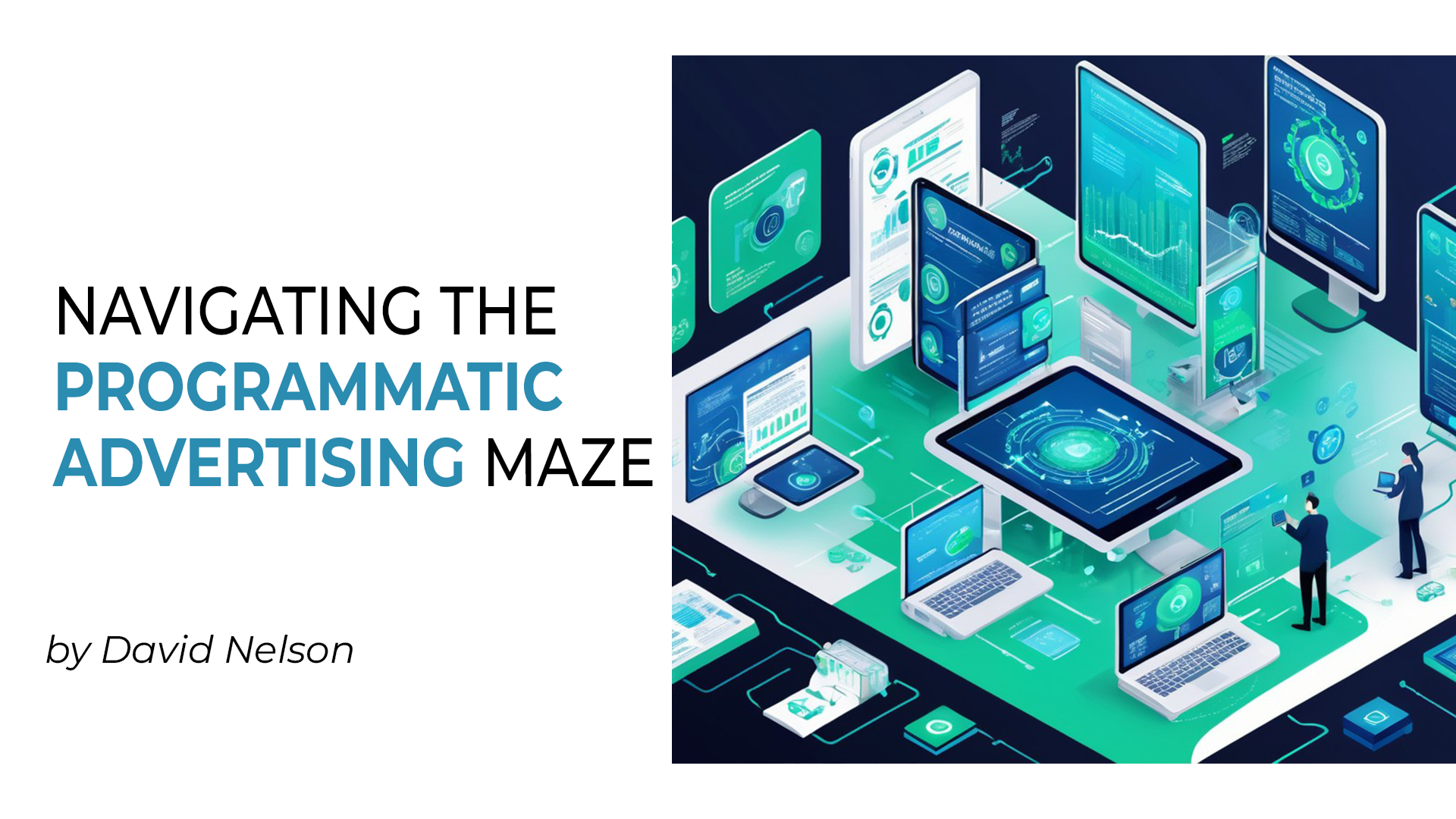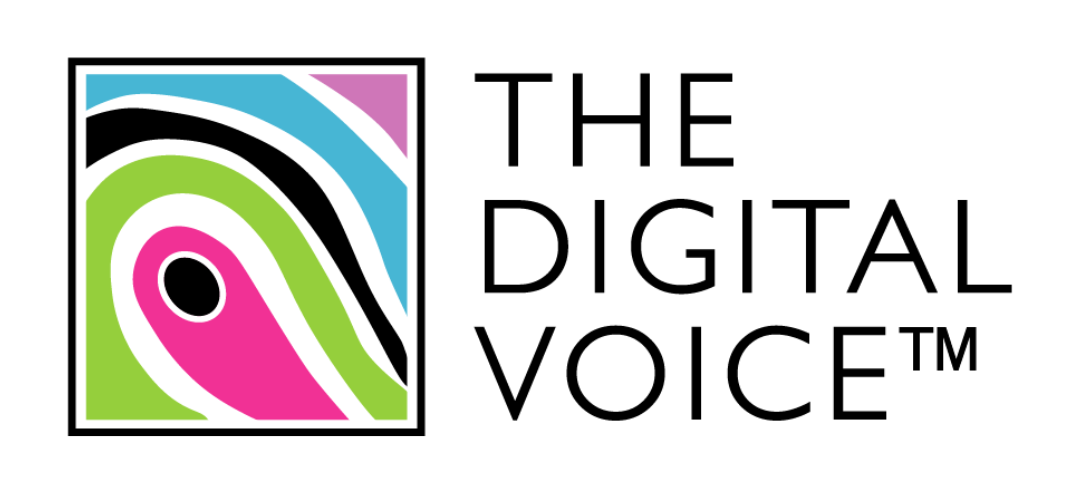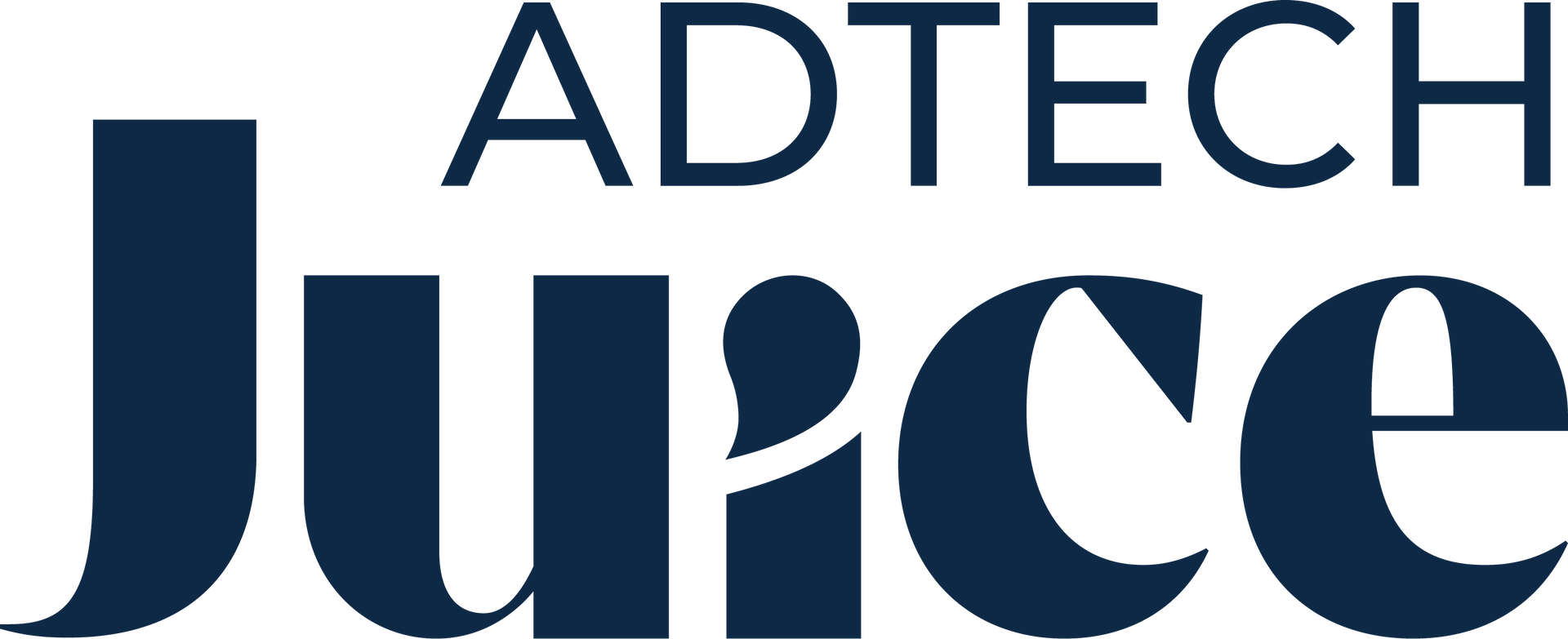Navigating the Programmatic Advertising Maze

David Nelson, Co-founder, offers a guide to the complex programmatic landscape and the players at the heart of it
The world of programmatic advertising can seem daunting, with an overabundance of three-letter acronyms and a vast array of companies involved in matching advertiser demand with publisher supply. However, understanding the key players and how they fit together is crucial for unlocking the power of a sector that is projected to account for nearly $221 billion of global ad spend in 2024.
Why programmatic exists
So how did we get to where we are today? Programmatic emerged in the mid-2000s in response to the explosion of the commercial internet. Before then, advertising was a largely manual process. Advertisers, helped by their agencies, decided which TV/radio stations, magazines, newspapers and outdoor sites they wanted their ads to appear on, negotiated a price and placed an order.
The explosion of the internet demanded a degree of automation, so in its infancy, programmatic existed in order to match advertisers with publishers. Today, 20 years later, programmatic advertising is still all about using software and algorithms to automate the buying, placement and optimisation of online ads in real-time.
How does the programmatic puzzle fit together? Let’s break it down piece by piece:
Demand-Side Platforms (DSPs)
A DSP is the platform that allows advertisers and agencies to buy ad inventory across multiple sources through one interface. Using real-time bidding (RTB), DSPs automatically identify the optimal impression opportunities that fit an advertiser’s targeting parameters.
Supply-Side Platforms (SSPs)
On the other side of the equation, SSPs are where publishers list their ad inventory to be auctioned off to the highest bidder. These platforms aggregate supply from various sources like websites, apps and ad exchanges and provide a centralised location for advertisers to see where they can place their ads.
Real-Time Bidding (RTB)
Bringing buy-side DSPs and sell-side SSPs together is RTB, the process matches ad inventory with interested advertisers through lightning-fast auctions that take place in around 100 milliseconds – quicker than the blink of an eye.
Each time a user loads a webpage or an ad-funded app, anonymised information about them is passed into the RTB system, allowing advertisers to bid only on the impressions that meet their criteria. Advertisers looking to target a particular type of user, with particular interests and a history of using particular websites and apps, will bid more to ensure that specific user sees their ad when they land on a certain page.
The supporting cast
Beyond DSPs, SSPs, and RTB, the programmatic realm has several other supporting players. Ad exchanges are marketplaces connecting multiple SSPs and DSPs for the buying and selling of inventory. Customer Data Platforms (CDPs) house audience data for more precise targeting. And ad servers are responsible for actually serving the winning ads and tracking metrics.
Navigating complexity
The programmatic ecosystem has many components, but you can navigate it more easily by partnering with the right DSP. A powerful DSP integrates with thousands of SSPs and ad exchanges to open up a world of quality, targetable inventory. Prioritise finding a DSP with robust data integrations, including access to CDPs or its own rich data marketplace for audience targeting.
You should also look for user-friendly interfaces, AI/machine-learning optimisation capabilities, and transparent reporting and analytics. Also, in an area dominated by automation and computer processing power, look for a DSP with experienced, approachable people. It’s true that in the programmatic world, machines (computers) do a lot of the heavy lifting, but for the foreseeable future, someone needs to tell the machines what to lift.
Foundational tips
As you lay the groundwork for your programmatic strategy, keep these tips in mind:
- When building out audience segments to target, start small, with five to ten high-impact audience segments. Learn as you go, and then build from there.
- Look at ways to reduce “ad fatigue” among your target users, by constantly refreshing the creative, and frequency capping, to avoid the same users being overexposed to your ads.
- Invest in reporting tools and dashboards to quickly visualise campaign performance across channels so that you can optimise campaigns on the fly.
- Consider hiring a programmatic trader to leverage algorithms and manage bidding. More brands are embracing programmatic ad buying each year. By understanding the ecosystem and partnering with the right DSP solution, you’ll be equipped to harness its precision and efficiency.
Also published in: TechEdgeAi



